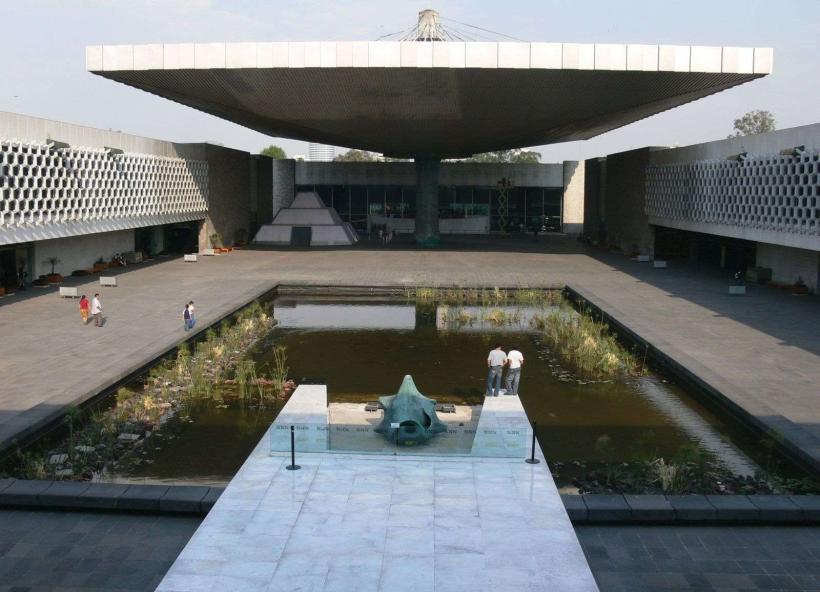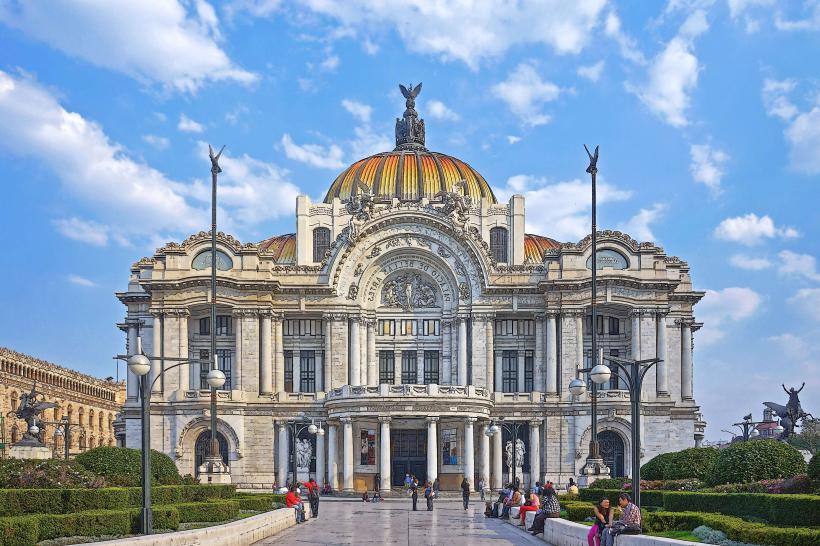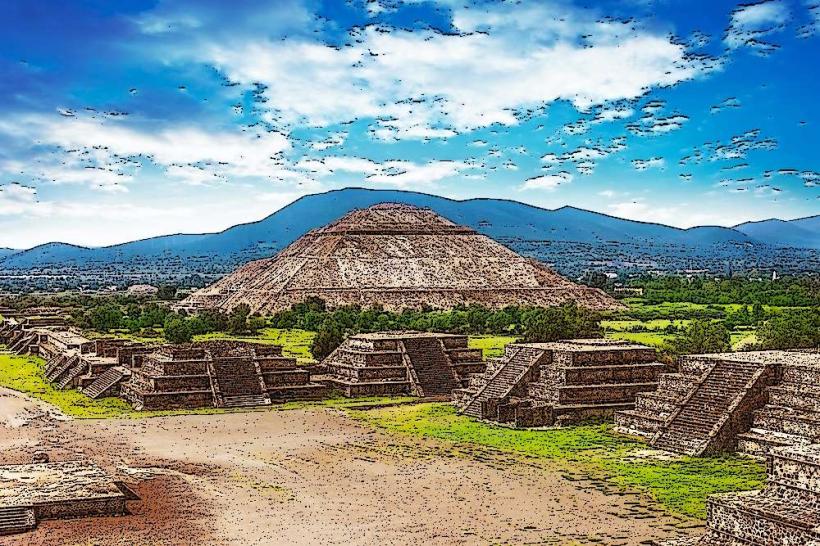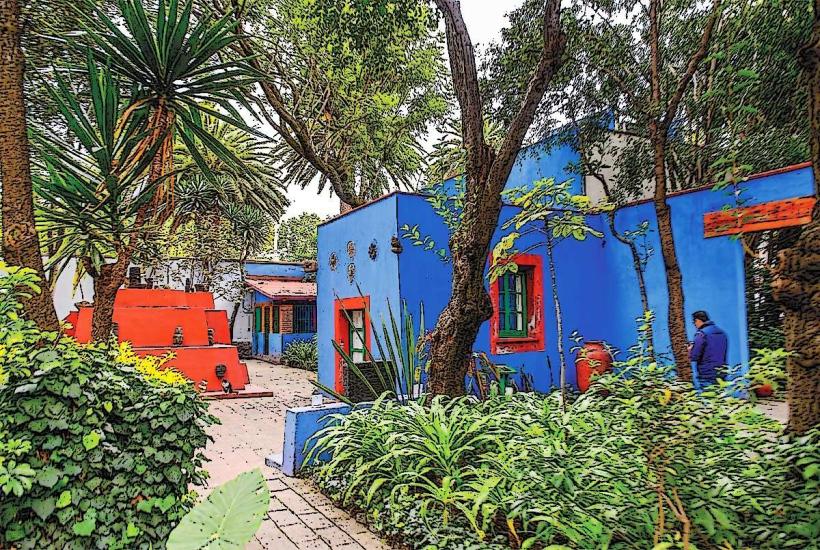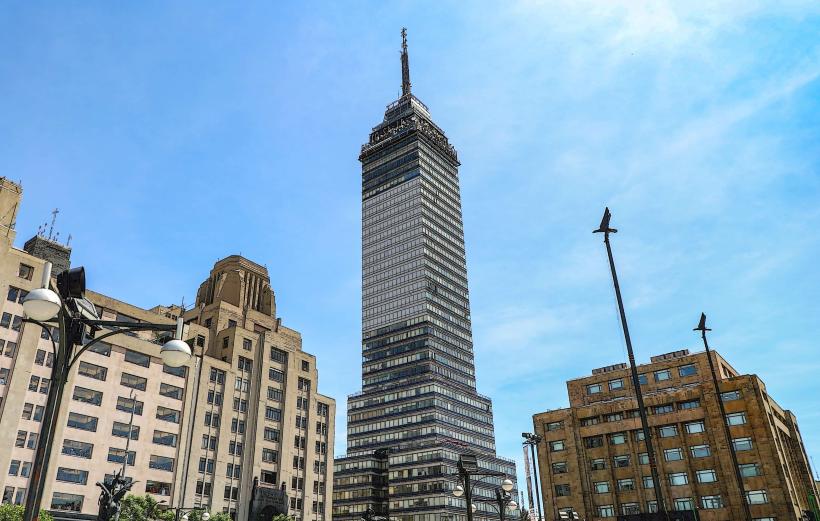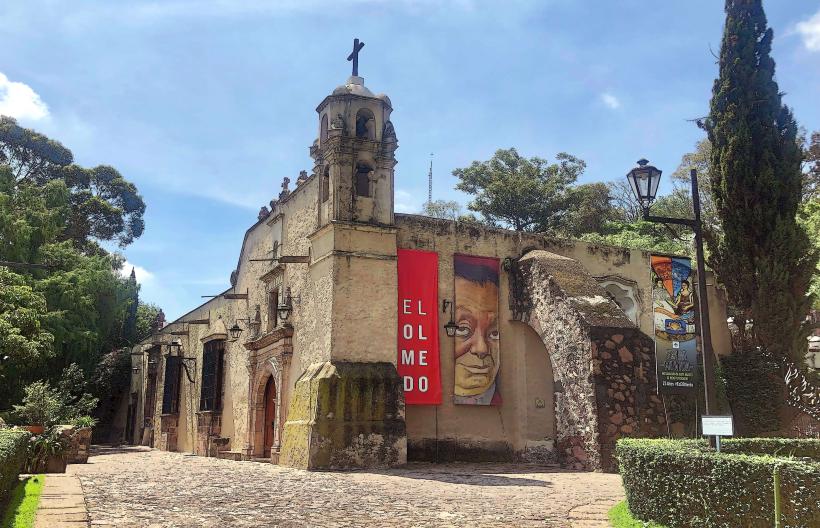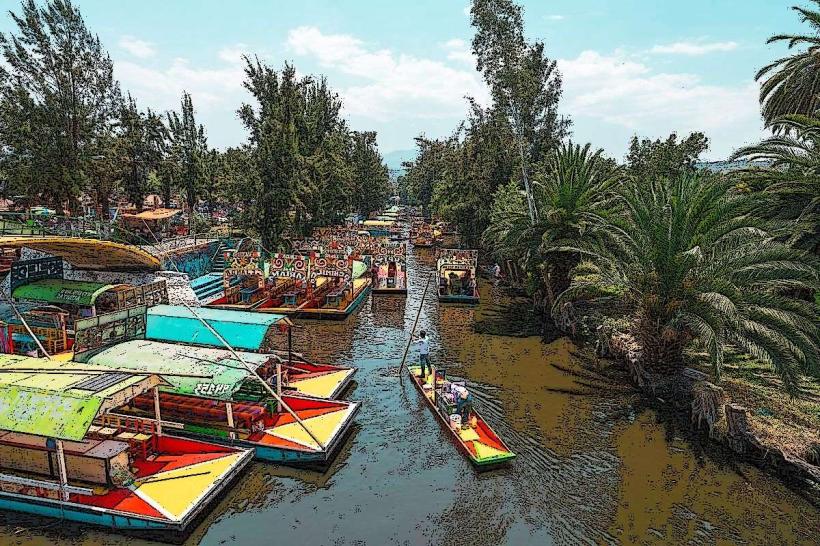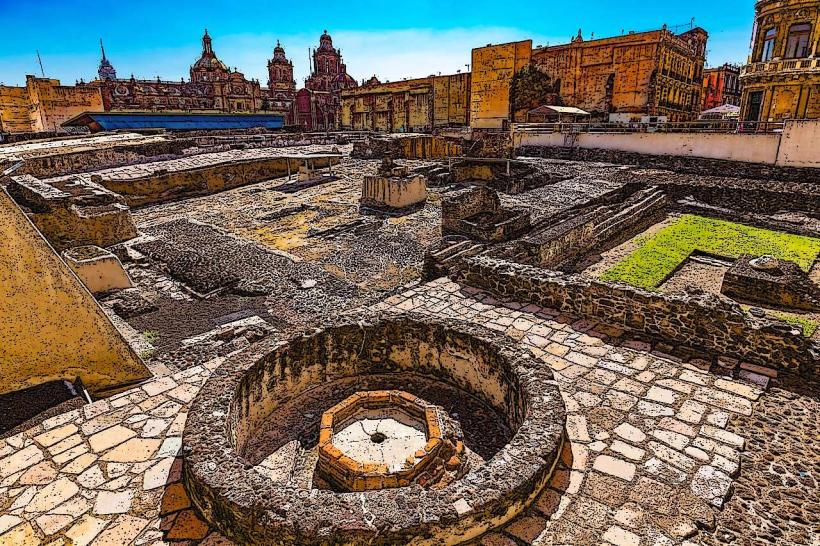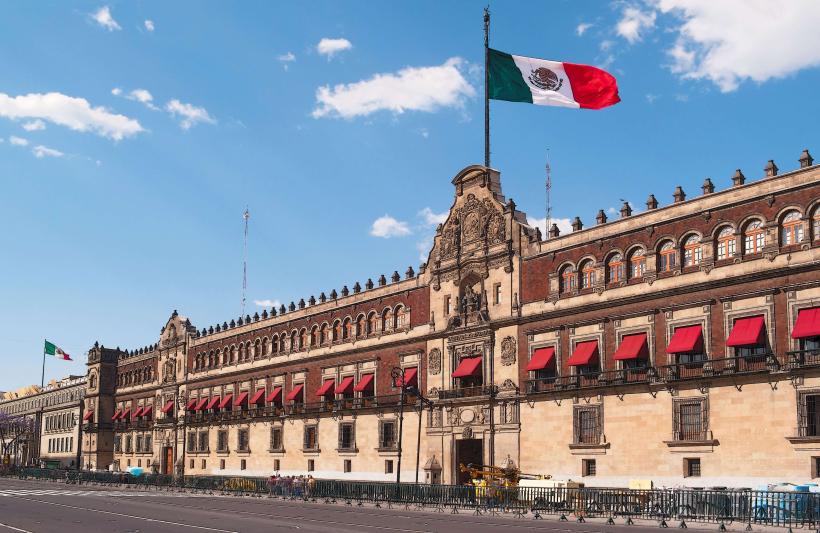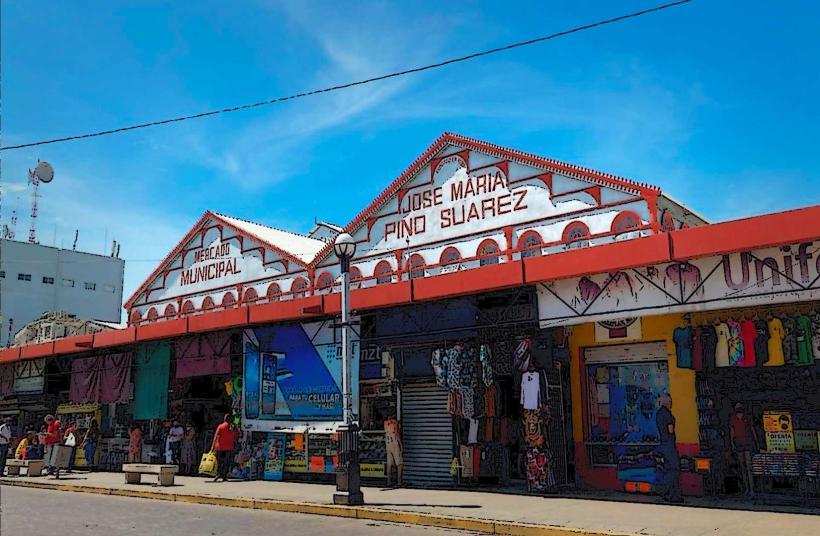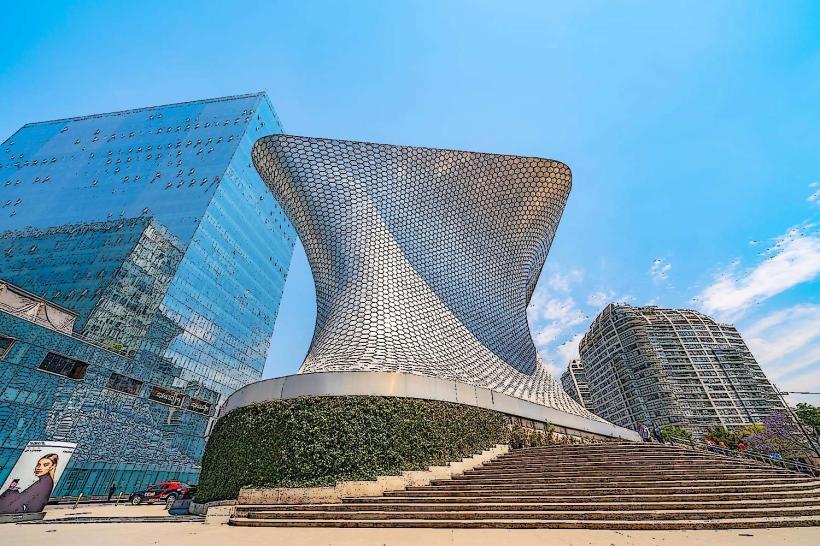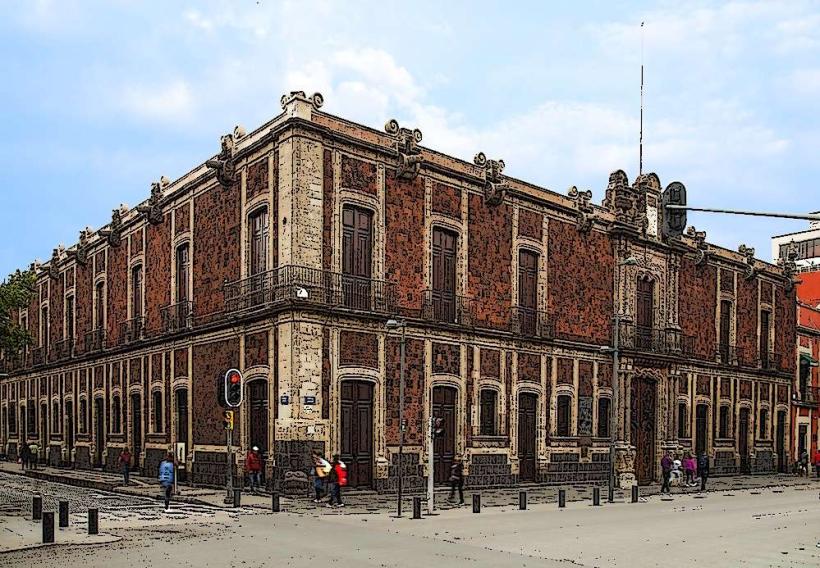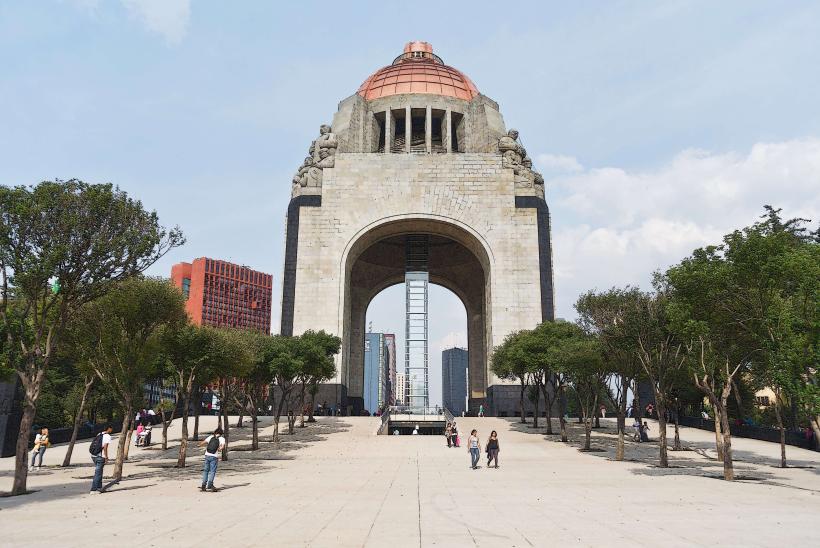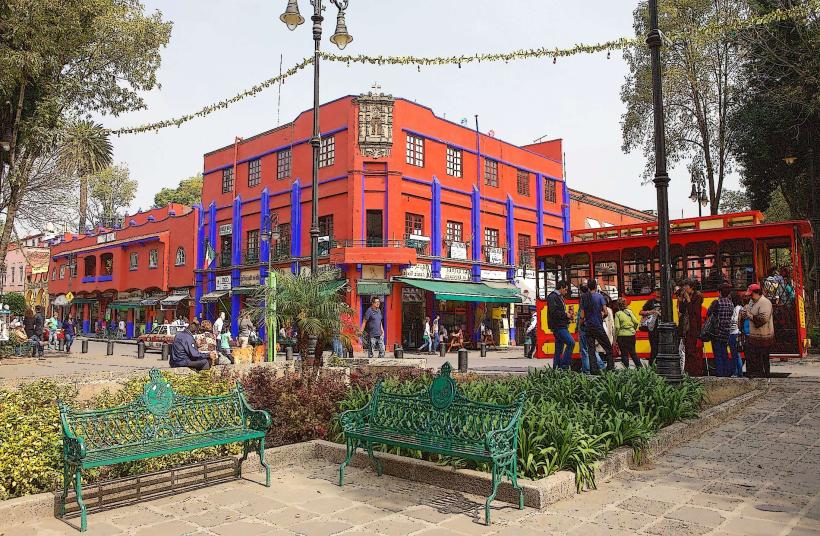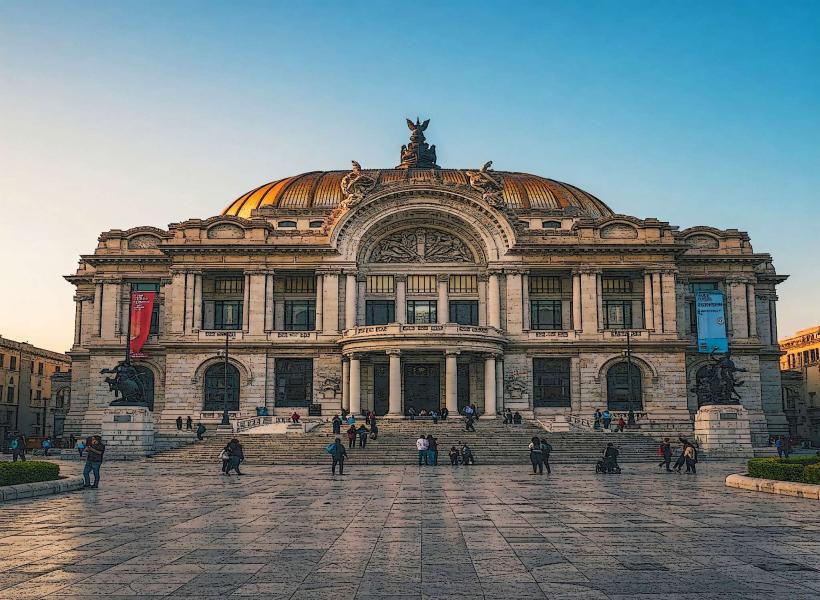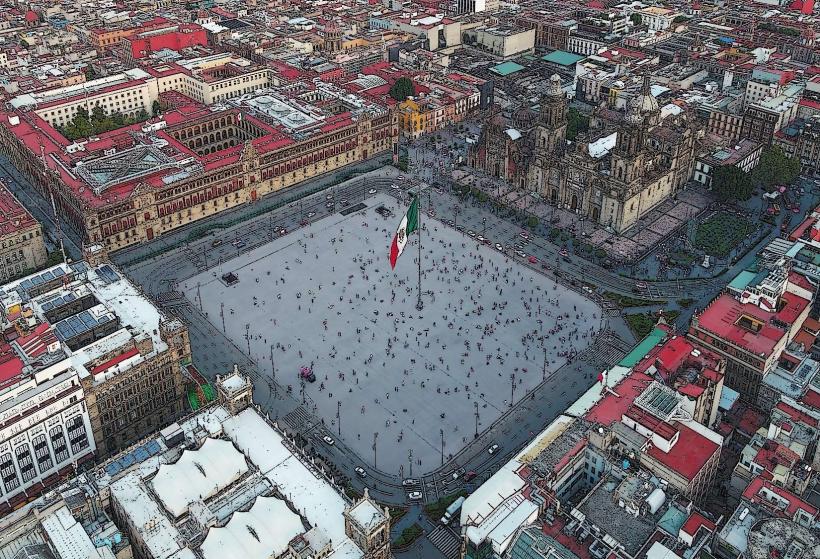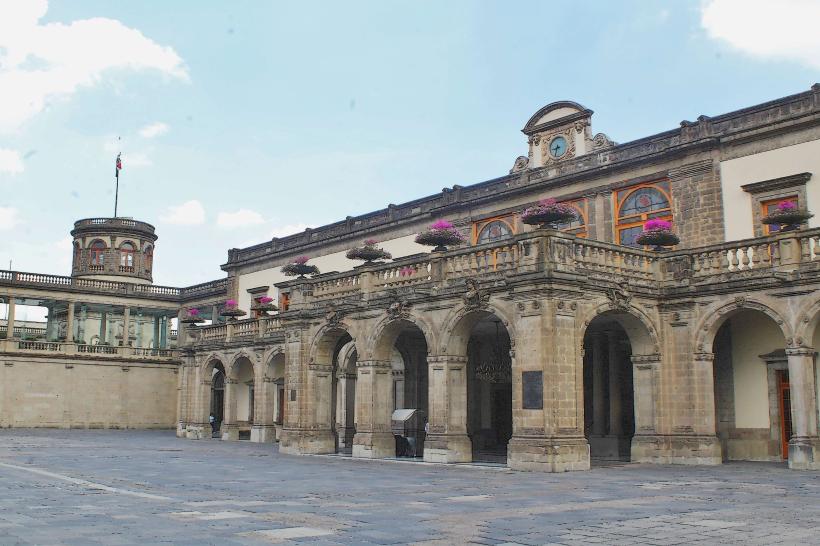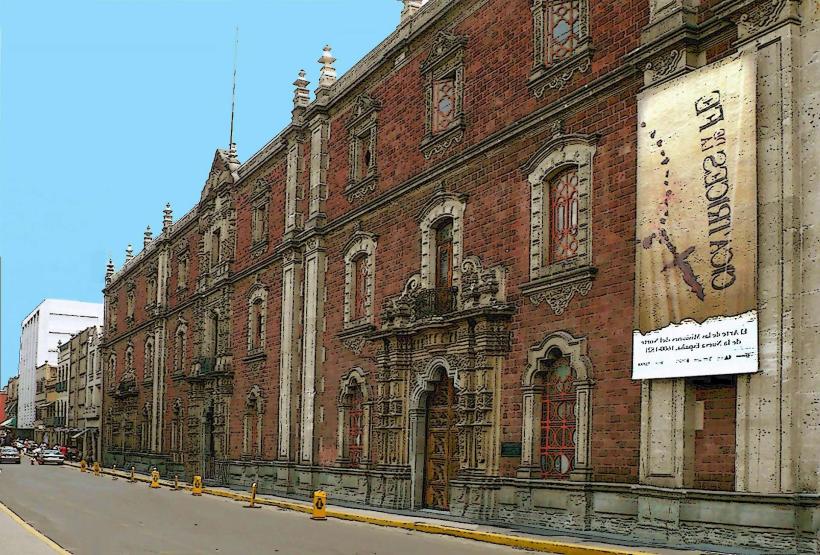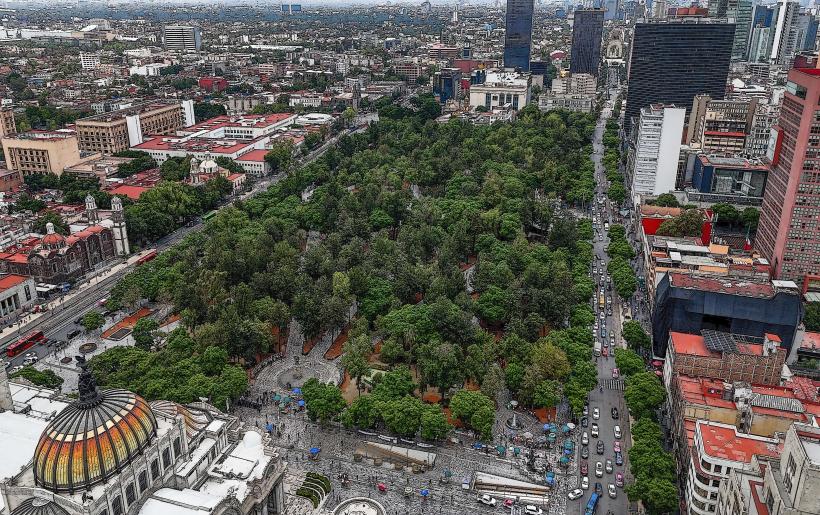Information
Landmark: Mexico City Metropolitan CathedralCity: Mexico City
Country: Mexico
Continent: North America
Mexico City Metropolitan Cathedral, Mexico City, Mexico, North America
Overview
The Mexico City Metropolitan Cathedral (Catedral Metropolitana de la Ciudad de México) towers over the main square, standing as one of the city’s most treasured and recognizable landmarks, as well as rising in the center of the Zócalo, the city’s bustling main square, it stands as both a sacred landmark and a stunning architectural work, telling Mexico’s story from its Aztec origins through the colonial era to today.Work on the Mexico City Metropolitan Cathedral began in 1573 and wrapped up in 1813, leaving the city with one of its oldest landmarks-a massive stone masterpiece steeped in history, besides rising over the ruins of the Aztec Templo Mayor, the cathedral marks the shift from Aztec civilization to Spanish colonial rule after the empire’s fall in 1521.The Spanish built the Catedral Metropolitana during their colonization of Mexico, and its towering stone façade still stands as a symbol of the Catholic faith they brought with them through conquistadors and missionaries, alternatively the cathedral, towering over the square with weathered stone walls, is the oldest and largest in Latin America and serves as the Archbishop of Mexico’s seat.It’s the heart of Catholic worship in the country, drawing pilgrims from far and wide-some arriving at dawn with candles in hand, as well as sitting in the heart of the Zócalo-the city’s historic center-it stands as a cultural and religious landmark, its stone walls bearing witness to the centuries-long bond between faith, politics, and daily life in Mexico, moderately UNESCO named it a World Heritage Site, placing it within Mexico City’s historic center, where cobblestone streets still echo with the sound of footsteps, then the cathedral blends Baroque grandeur with Neoclassical symmetry, while hints of Renaissance grace and Gothic arches linger in its stonework.Funny enough, This vibrant mix of styles shows the blend of cultures that shaped Mexico in its colonial days, from Spanish arches to the deep reds of indigenous textiles, what’s more the facade showcases the Baroque style, with swirling carvings, vivid religious symbols, and statues of saints and biblical figures gazing down from their niches.Inside, the cathedral stuns with soaring vaulted ceilings, gleaming golden altars, and chapels adorned in rich, intricate detail, after that ornate carvings catch the eye, then give way to wide, open stretches that feel almost endless-a striking contrast.The cathedral’s main facade, with its twin bell towers climbing 65 meters into the sky, is one of the most instantly recognizable features of the building, casting long afternoon shadows across the square, to boot built in the 18th century, the towers rise with stone saints carved so finely you can witness the folds in their robes.The facade boasts sweeping arches, intricate statues, and a carved relief showing scenes from Christ’s life-robes flowing, faces alive with expression, to boot the cathedral’s intricate carvings and soaring arches fill the space with a quiet, commanding grandeur.Inside, the cathedral stuns with towering stone columns, glints of gold leaf catching the light, and richly carved baroque altars, on top of that among its most striking sights is the Altar of the Kings, a gleaming gold-covered masterpiece that honors Spain’s monarchy and embodies the Catholic Church’s claim to divine rule.Inside the cathedral, you’ll find compact chapels honoring different saints, and at the heart of it all stands the main altar, covered in gilded carvings and vivid paintings of biblical scenes, as a result the cathedral houses one of Latin America’s largest and most celebrated organs, its towering pipes gleaming softly in the dim light.It seems, Built in the 18th century, the organ still fills the air with rich, warm notes during services and concerts, then crypt and Tombs: Beneath the cathedral, a dim stone crypt holds the remains of several prominent people, among them Mexico City’s archbishops and other figures from the city’s long history.The crypt plays a key role in the cathedral’s story, holding centuries of history beneath its cool stone arches, equally important key features and highlights include the cathedral’s two bell towers, which rise high above the square and stand out as the most striking part of its exterior.Built in the 18th century, they still rise against the sky, a steadfast emblem of Mexico’s enduring faith, in conjunction with the bells still ring for church services, but they also draw crowds of visitors, who climb the narrow stairs to the top for a sweeping view of the Zócalo and the bustling heart of the city.The Main Altar, called the Altar of the Kings (Altar de los Reyes), stands as one of the cathedral’s most striking sights, its gold leaf gleaming in the dim light, besides the altar gleams with intricate goldwork, a vivid showcase of the Mexican Baroque style, slightly As it happens, The altar, devoted to Christ, stands amid intricate sculptures and vivid paintings that bring scenes from His life to life, from a humble manger to the shadow of the cross, in conjunction with the cathedral’s interior is lined with compact chapels, each honoring its own saint or holy figure, where candles flicker softly in the dim light.Many of these chapels glow with color, their walls lined with vivid paintings, carved figures, and ornate altars, simultaneously the best-known is the Chapel of the Holy Sacrament, its walls glowing with gold leaf and intricate carvings, devoted entirely to the Eucharist.The cathedral’s heart is its great central dome, rising high above the nave like a pale stone sky, not only that murals cover the walls, showing biblical scenes like the Last Supper and Christ’s resurrection, with rich colors that almost glow in the light.Not surprisingly, The dome’s vast scale and sweeping curves fill the cathedral with a quiet sense of awe, as well as the cathedral rises as a powerful symbol of Mexico’s colonial past, its weathered stone walls recalling the day Spanish Catholicism first reached the Americas, sort of It stands as a reminder of how deeply the Catholic Church has shaped the nation’s history, culture, and identity-like the sound of church bells woven into daily life, besides rising where the Aztec Templo Mayor once stood, the temple now stands as a vivid reminder of how indigenous traditions and Spanish colonial rule became intertwined, like colors bleeding together on wet stone.As it happens, The cathedral still welcomes Catholic Mexicans for worship and fills its calendar with religious celebrations, from candlelit processions to vibrant feast days, in turn it matters most during grand holidays like Christmas, Easter, and the Day of the Dead, when streets glow with candles and music drifts through the air, moderately It’s also the setting for special masses-like those held when a visiting head of state is in the pews-and a favorite spot for weddings, with candles flickering softly during other fundamental religious ceremonies, what’s more in 1987, the Mexico City Metropolitan Cathedral earned UNESCO World Heritage status as part of the city’s historic center, where its stone towers rise above the bustling Zócalo.This designation highlights its value as a cultural and historical treasure-something Mexico cherishes and the world admires, like an ancient mural’s colors still vivid after centuries, along with visitors can step inside the cathedral any day of the week, wandering at their own pace or joining a guided tour that brings its stone carvings to life.Just so you know, Tours often come with a miniature fee, especially if they take you up into the echoing bell towers or down into the dim, cool crypt, equally important the cathedral stands in the heart of the Zócalo, framed by centuries-heritage landmarks, so you can step out its heavy wooden doors and be just moments from exploring the rest of the square.Mass and Services: The cathedral holds regular Masses, and visitors are always welcome to join-step inside and you might catch the echo of the organ filling the hall, after that they also host special concerts and cultural events, like a summer night show with music drifting through the warm air.
Author: Tourist Landmarks
Date: 2025-09-22



